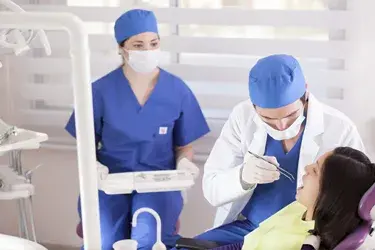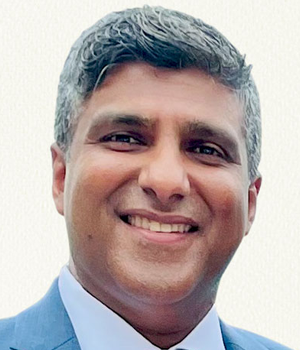The need for dental-medical cross coding is growing in dental practices as many dental procedures can be billed to medical insurance. Cross-coding dental to medical codes involves coding and submitting medically necessary dental procedures to insurance. Today, many dentists rely on an experienced dental billing company to implement cross coding for accurate claim submission, thereby increasing cash flow, improving patient care and satisfaction, and adding value to their practice. Medical billing for dentists and dental procedure codes are set to see many changes in 2017.
CDT 2017 features 11 new codes, five revised codes and one deleted code. Here are the new CDT codes that are eligible for medical cross coding:
- D0414, Laboratory processing of microbial specimen to include culture and sensitivity studies, preparation, and transmission of written report – This code relates to microbial specimens and can be used when diagnosing an infection. This implies that the lab processing may be covered by a patient’s medical insurance, if the lab is covered by the patient’s insurer.
- D0600, Non ionizing diagnostic procedure capable of quantifying, monitoring, and recording changes in structure and enamel, dentin, and cementum – Procedures covered by this code could be eligible for medical billing if the structural changes are related to a medical condition such as Gastroesophageal Reflux Disease (GERD) or bulimia or the side-effects of certain medications. Whether this diagnostic procedure is medical or purely dental would depend on the underlying causes of the changes to the teeth. It is therefore important to take a complete medical history of the patient to monitor changes to structure, enamel, dentin, and cementum.
- D4346, Removal of plaque, calculus, and stains from supra- and sub-gingival tooth surfaces when there is generalized moderate or severe gingival inflammation in the absence of periodontitis – This code may be used to report swollen, inflamed gingival and generalized suprabony pockets, in moderate to severe bleeding on probing. Treating gingival inflammation is especially important when patients have systemic diseases such as diabetes or heart disease. It may therefore be eligible for medical billing. Note: this code should not be reported in conjunction with prophylaxis, scaling and root planing, or debridement procedures.
- D9311, Treating dentist consults with a medical health care concerning medical issues that may affect patient’s plan dental treatment – D9311 is generally used to indicate that the dentist is treating a systemic medical condition with oral effects rather than a purely dental condition. It aims to cover consultations with a patient’s primary care provider and other specialists. For e.g., as diabetes affects the gums and the gums affect diabetes management, dentists treating a patient with diabetes may want to collaborate with the patient’s primary care physician on issues related to blood sugar control, medications, diet, and exercise. Collaborative medical consultations can greatly improve a patient’s overall health and well-being.
- D9993, Patient-centered, personalized counseling using methods such as motivational interviewing to identify and modify behaviors interfering with positive oral health outcomes. This is a separate service from traditional nutritional or tobacco counseling.
- D9991, Individualized efforts to assist patients to maintain scheduled appointments by solving transportation challenges or other barriers – This meant to cover Medicaid patients so they do not miss appointments, and then show up in pain.
- D9992, Assisting in a patient’s decision regarding the coordination of oral health care services across multiple providers, provider types, specialty areas of treatment, health care settings, health care organizations, and payment systems – Providers can use this code to indicate the additional time and resources used to provide experience or expertise beyond that possessed by the patient.
- D9994, Individual, customized communication of information to assist a patient in making appropriate health decisions designed to improve oral health literacy – Explanations should be provided in a manner acknowledging economic circumstances and different cultural beliefs, values, attitudes, traditions, and language preferences, and adopting information and services to these differences. This requires spending more time and resources than that required for an oral evaluation or case presentation. Dentists should be able to communicate benefits and medical needs.
- D6085, to be used when a period of healing is necessary prior to fabrication and placement of permanent prosthetic. This code may be used when a patient who is healing comes for follow-up.
As regards dental implants, D6081 is a procedure that is no longer performed in conjunction with D1110 or D4910.
Many of the revised dental codes also impact cross-coding. Oral and maxillofacial surgeries are performed after traumatic injuries to restore normal function and these procedures are usually covered by medical insurance. Recently revised surgical codes in this category include D7140, D7210, D7250, and D7280. Due to the low caps on dental insurance benefits, patients with severe facial injuries receive higher reimbursement if dental offices bill through medical rather than dental insurance.
Learning about the 2017 CDT changes will allow dental offices to help their patients receive proper insurance coverage and also get appropriate payment for their services. Established companies that provide dental medical billing services are up-to-date on these medical billing and CDT updates for 2017. The best way for dentists to learn more about these changes and to make use of the opportunities for cross coding is to partner with a reliable service provider.


